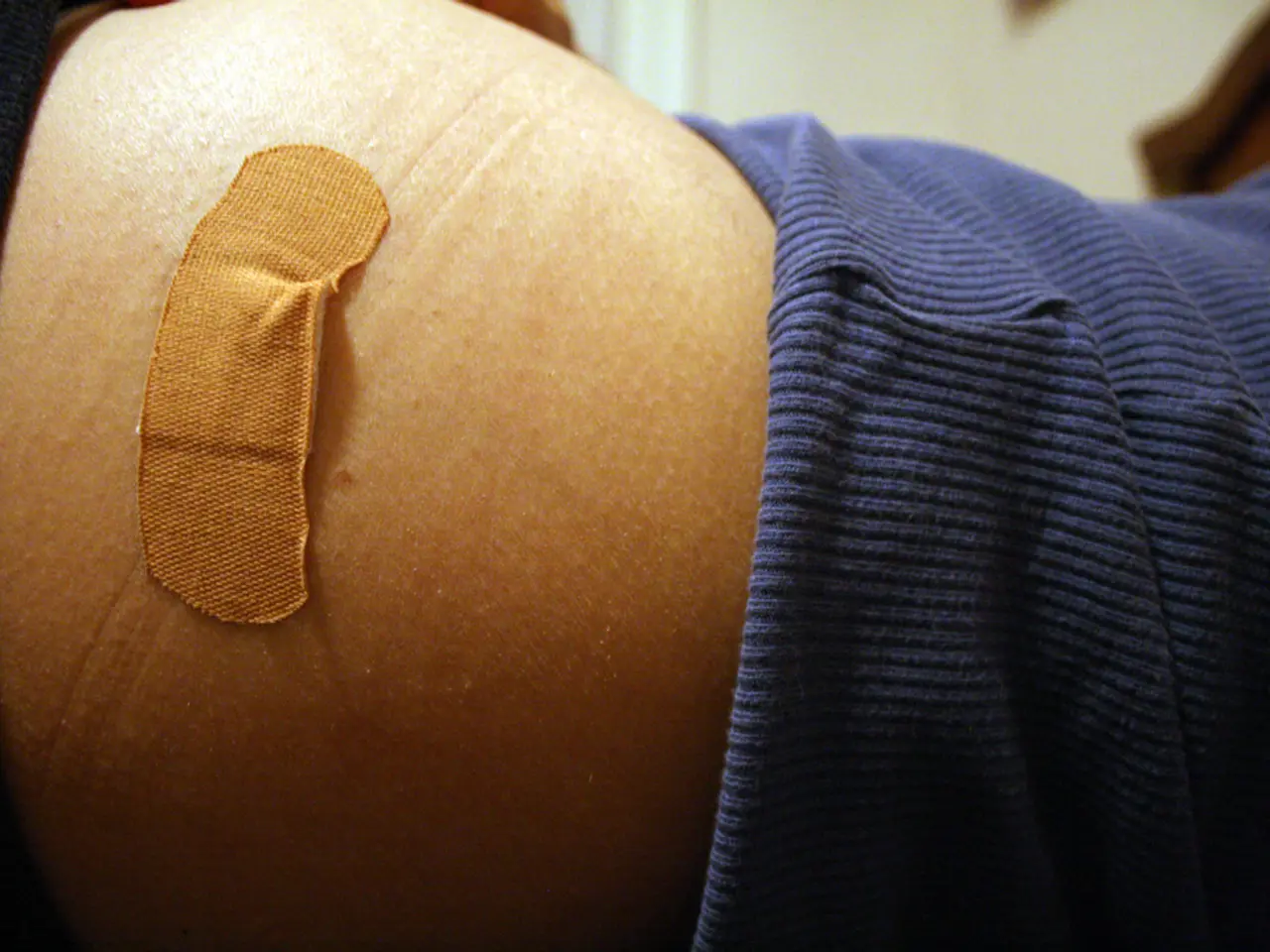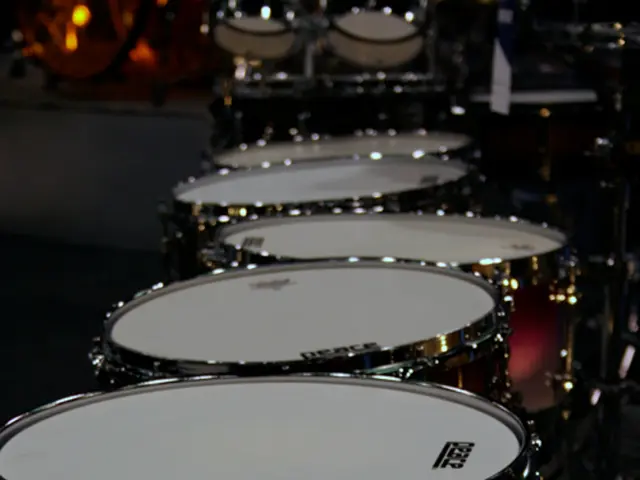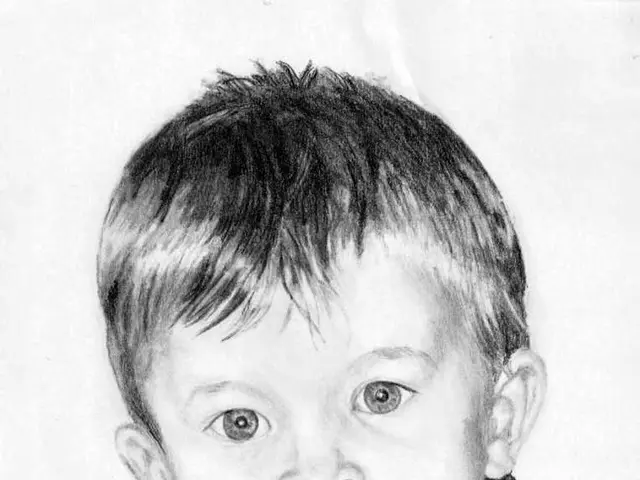Child successfully recovered in Altai after consuming over fifty magnets, medical team reports
In the realm of child health assessments, correct blood pressure measurement plays a crucial role. This is especially important when dealing with children who have ingested foreign objects. Contrary to popular belief, there are no special alterations in the blood pressure (BP) measurement technique directly related to the swallowed object, unless complications arise affecting circulation or critical conditions.
When measuring BP in children, it's essential to use a properly sized cuff appropriate for the child's arm circumference. An incorrectly sized cuff can lead to inaccurate readings. The cuff bladder should cover at least 80% of the child's upper arm.
Before measurement, ensure the child rests quietly for 5 minutes, seated with feet flat on the floor and back supported. Position the arm straight and supported at chest level, wrap the cuff snugly about 1 inch above the elbow on bare skin.
Two readings should be taken on the same arm, about 1 minute apart, and both recorded. It's advisable to avoid measuring BP within 30 minutes after eating, drinking, exercising, or smoking.
In cases where a child has swallowed a foreign object and there are no additional cardiovascular or respiratory complications, the measurement technique remains as above. However, if the ingestion has caused a severe allergic reaction (anaphylaxis), characterized by a sudden drop in blood pressure and breathing difficulties, urgent medical care is necessary instead of routine BP monitoring.
If the foreign object ingestion carries the risk of lead poisoning, diagnostic evaluation focuses on blood lead levels rather than BP per se. In such cases, systemic effects may emerge over time.
In summary, correct blood pressure measurement in children who have swallowed foreign objects involves following standard pediatric BP measurement protocols, ensuring correct cuff size and patient positioning, and being alert to any acute complications requiring emergency care. Blood pressure readings should be performed only when the child is stable and breathing normally.
If the ingestion causes immediate symptoms affecting circulation or breathing, emergent medical evaluation takes priority before or instead of routine BP assessment.
Recent news from Children's Hospital No 7 in Barnaul highlights the importance of this. Surgeons successfully removed 40 magnetic balls from the intestinal lumen and 13 from the stomach of a four-year-old boy. The boy was brought to the hospital from the Pavlovsky district.
The ingestion of foreign bodies into the digestive system is common among children. The chief doctor of the Biysk Emergency Medical Station, Alexei Karnaukhov, warned that such ingestions can lead to serious consequences, even death, if the foreign object blocks the airways. This year, the Biysk Emergency Medical Station has responded to 39 cases of children who have swallowed foreign bodies, mostly construction elements.
Remember, proper blood pressure measurement is crucial for early detection and management of hypertension in children. If you suspect your child has swallowed a foreign object, seek immediate medical help.
- Correct blood pressure measurement is vital in detecting and managing chronic-diseases like hypertension in children.
- In cases where a child has ingested a foreign object without causing complications, the standard pediatric blood pressure measurement protocol should be followed.
- However, if the child's condition deteriorates and shows signs of respiratory-conditions or severe allergic reactions (anaphylaxis), medical attention should be sought immediately rather than focusing on blood pressure readings.
- Regular health-and-wellness practices, including fitness-and-exercise and mental-health maintenance, play a significant role in strengthening children's immune systems and helping them recover quickly from medical-conditions, including those related to foreign object ingestion.







